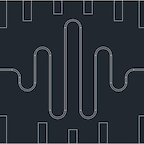Debopriyo Biswas
Position
BA Physics, Princeton University (2019)
Debopriyo Biswas
Position
BA Physics, Princeton University (2019)
About
Bio/Description
Debo started working with the group in 2017 on circuit quantum electrodynamics. He is currently a graduate student at the University of Maryland

